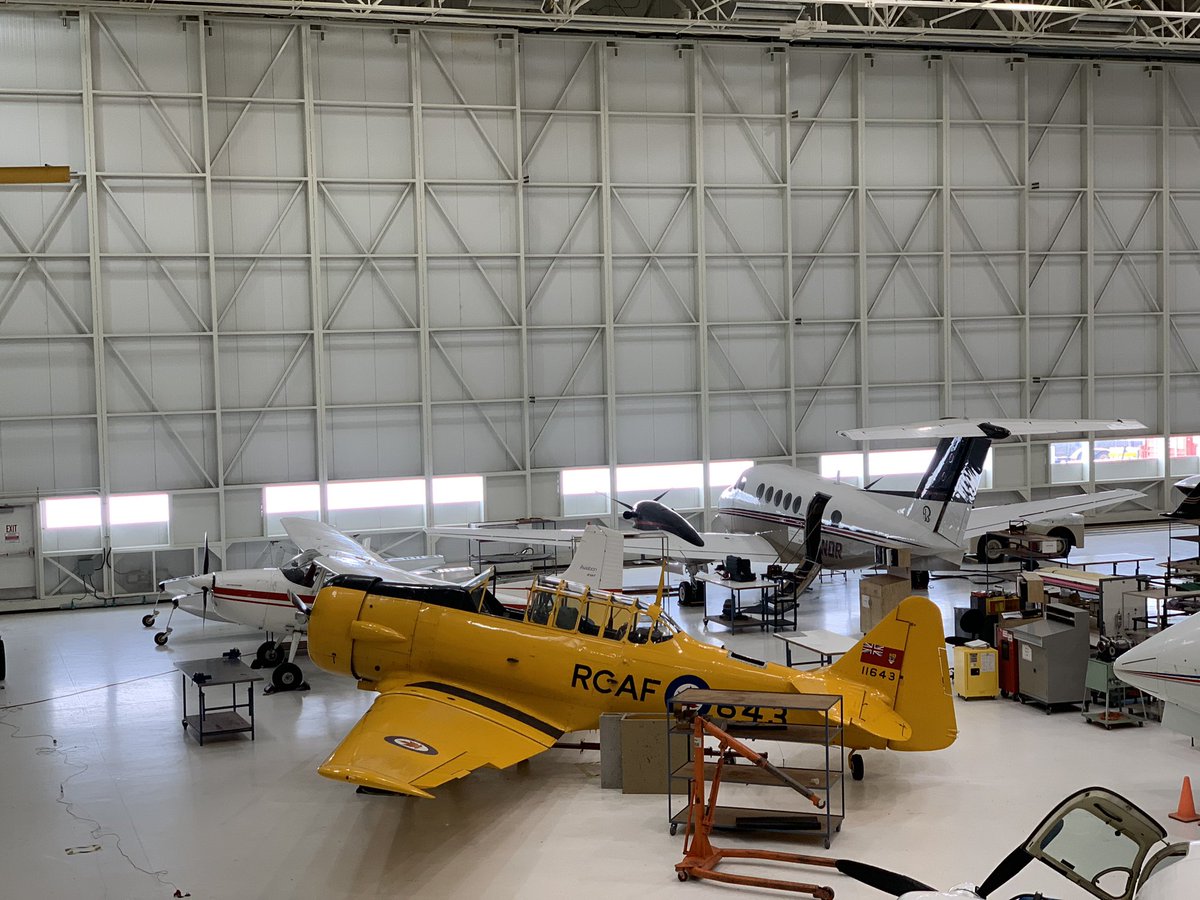
Aircraft avionics might sound like a complex topic, but it's actually quite fascinating and essential for modern aviation. These systems include everything from navigation and communication to monitoring and weather systems. Avionics ensure that pilots can fly safely and efficiently, even in challenging conditions. Ever wondered how planes navigate through the skies or communicate with control towers? That's avionics at work! This blog post will share 13 intriguing facts about these high-tech systems. Whether you're an aviation enthusiast or just curious, you'll find these facts both educational and engaging. Buckle up and get ready to learn about the incredible world of aircraft avionics!
Key Takeaways:
- Avionics are electronic systems used in aircraft and spacecraft for communication, navigation, and safety. They have evolved from simple radio systems to advanced technologies like radar, GPS, and collision avoidance systems, improving aviation safety and efficiency.
- The future of avionics holds exciting possibilities, including autonomous flight and advanced vision systems. These innovations aim to enhance safety, reduce pilot workload, and improve overall flight performance, shaping the future of aviation technology.
What Are Aircraft Avionics?
Aircraft avionics are the electronic systems used on aircraft, artificial satellites, and spacecraft. These systems include communications, navigation, the display and management of multiple systems, and hundreds of other functions. Let's dive into some fascinating facts about avionics.
The Evolution of Avionics
Avionics have come a long way since the early days of aviation. Here are some key milestones in their development.
-
First Avionics System: The first avionics system was developed during World War I. It was a simple radio communication system that allowed pilots to communicate with ground control.
-
Introduction of Radar: Radar technology was introduced during World War II. This allowed aircraft to detect other planes and obstacles, significantly improving safety.
-
Glass Cockpit: The term "glass cockpit" refers to the use of digital displays instead of traditional analog dials and gauges. This technology first appeared in the 1970s and has become standard in modern aircraft.
Key Components of Avionics
Avionics systems are made up of several key components, each serving a specific function.
-
Communication Systems: These systems allow pilots to communicate with air traffic control and other aircraft. They include radios, transponders, and satellite communication systems.
-
Navigation Systems: Navigation systems help pilots determine their position and course. They include GPS, inertial navigation systems, and VOR (VHF Omnidirectional Range) systems.
-
Flight Control Systems: These systems help pilots control the aircraft. They include autopilot systems, flight directors, and fly-by-wire systems.
The Role of Avionics in Safety
Safety is a top priority in aviation, and avionics play a crucial role in ensuring it.
-
Collision Avoidance Systems: These systems help prevent mid-air collisions by alerting pilots to the presence of other aircraft. The Traffic Collision Avoidance System (TCAS) is a common example.
-
Weather Radar: Weather radar systems help pilots detect and avoid severe weather conditions, such as thunderstorms and turbulence.
-
Ground Proximity Warning System (GPWS): This system alerts pilots when the aircraft is dangerously close to the ground, helping to prevent accidents during landing and takeoff.
Innovations in Avionics
The field of avionics is constantly evolving, with new technologies being developed to improve performance and safety.
-
NextGen Air Traffic Control: The Next Generation Air Transportation System (NextGen) is an ongoing modernization project for air traffic control in the United States. It aims to improve efficiency and safety through the use of advanced avionics.
-
Synthetic Vision Systems: These systems use 3D graphics to provide pilots with a clear view of the terrain, even in poor visibility conditions. This can greatly enhance situational awareness and safety.
-
Enhanced Vision Systems (EVS): EVS use infrared cameras to provide pilots with a clear view of the runway and surrounding terrain during low-visibility conditions, such as fog or heavy rain.
The Future of Avionics
As technology continues to advance, the future of avionics looks promising. Here are some trends to watch.
- Autonomous Flight: While fully autonomous passenger flights are still a long way off, advancements in avionics are paving the way for increased automation in the cockpit. This could lead to reduced pilot workload and improved safety.
Final Thoughts on Aircraft Avionics
Aircraft avionics play a crucial role in modern aviation. From navigation systems to communication tools, these technologies ensure safe and efficient flights. Pilots rely on autopilot systems to reduce workload, especially during long flights. Weather radar helps in avoiding turbulent areas, making journeys smoother. Flight management systems optimize routes, saving fuel and time. Transponders aid in air traffic control, enhancing safety. Glass cockpits provide clear, digital displays, replacing old analog instruments. Collision avoidance systems prevent mid-air collisions, a vital safety feature. Black boxes record flight data, crucial for investigations. Satellite communication keeps aircraft connected even over oceans. Enhanced vision systems improve visibility in poor weather. Head-up displays allow pilots to see critical info without looking down. Fly-by-wire systems replace manual controls with electronic signals, increasing precision. Understanding these facts highlights the importance of avionics in aviation safety and efficiency.
Frequently Asked Questions
Was this page helpful?
Our commitment to delivering trustworthy and engaging content is at the heart of what we do. Each fact on our site is contributed by real users like you, bringing a wealth of diverse insights and information. To ensure the highest standards of accuracy and reliability, our dedicated editors meticulously review each submission. This process guarantees that the facts we share are not only fascinating but also credible. Trust in our commitment to quality and authenticity as you explore and learn with us.


